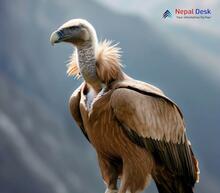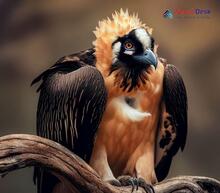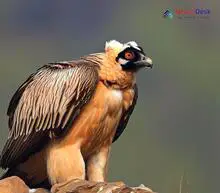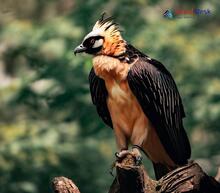Nestled in the heart of the Himalayas, Nepal is home to a rich and diverse ecosystem brimming with unique species of flora and fauna. Among these captivating creatures is a subfamily of birds that truly stands out – the Gypaetinae. As fascinating as they are elusive, these majestic birds are a sight to behold for bird enthusiasts and nature lovers alike. Here, we'll take a closer look at the Gypaetinae subfamily and uncover what makes these birds so mesmerizing.
The Gypaetinae Subfamily: A Brief Overview
Belonging to the greater Accipitridae family, which includes eagles, hawks, kites, and Old World vultures, the Gypaetinae subfamily is defined by its members' distinct attributes and ecological roles. Within this subfamily exist three primary genera – Gypaetus, Necrosyrtes, and Neophron – each with their own unique features and characteristics. While spanning across various countries and terrains, Nepal is notably one of the many habitats where these incredible birds can be found.
Gypaetus: The Bearded Vulture
Perhaps the most striking member of the Gypaetinae subfamily is the Gypaetus barbatus or Bearded Vulture. With a wingspan of up to 9 feet (2.75 meters), this magnificent bird effortlessly soars through Nepal's skies searching for its next meal. Aptly nicknamed "bone-eater," their diet primarily consists of bone marrow extracted from carcasses after other scavengers have finished their feast.
Their distinctive appearance features contrasting dark and light feathers giving them an almost two-toned look. The striking “beard” running down their necks is actually a cluster of elongated feathers that are the pinnacle of their unique aesthetic.
Necrosyrtes: The Hooded Vulture
Smaller in stature yet no less remarkable, the Hooded Vulture (Necrosyrtes monachus) is typically found in Nepal's lower elevations scavenging for carrion. With its distinctively bare head and dark-gray to black plumage, this bird stands out among its subfamily members. Listed as critically endangered, conservation efforts are underway in Nepal and other regions to protect the Hooded Vulture from the threats of habitat loss and poisoning.
Neophron: The Egyptian Vulture
Rounding out our Gypaetinae bird is the admired Egyptian Vulture (Neophron percnopterus), whose unmistakable yellow face and white plumage make a bold statement in the skies above Nepal. Known for their intelligence, they utilize tools to access food sources such as eggs by throwing rocks to break them open. As migrant birds, they spend winter months in Africa or India before returning to their breeding grounds across Asia and Europe, including some areas within Nepal.
In Conclusion
The Gypaetinae subfamily of birds encompasses a captivating assortment of dynamic creatures that soar above Nepal's picturesque landscape. Each member possesses unique characteristics that set them apart from other bird species while showcasing the immense biodiversity found in this Asian nation. For those fortunate enough to observe the Gypaetinae firsthand when visiting Nepal or other countries where they can be found, a rare and unforgettable encounter awaits.






